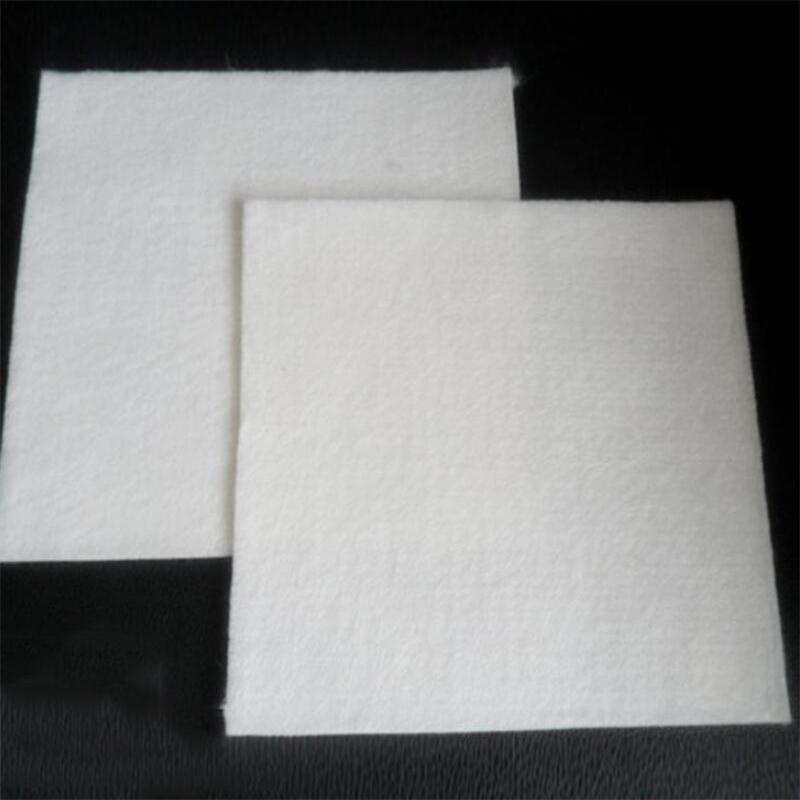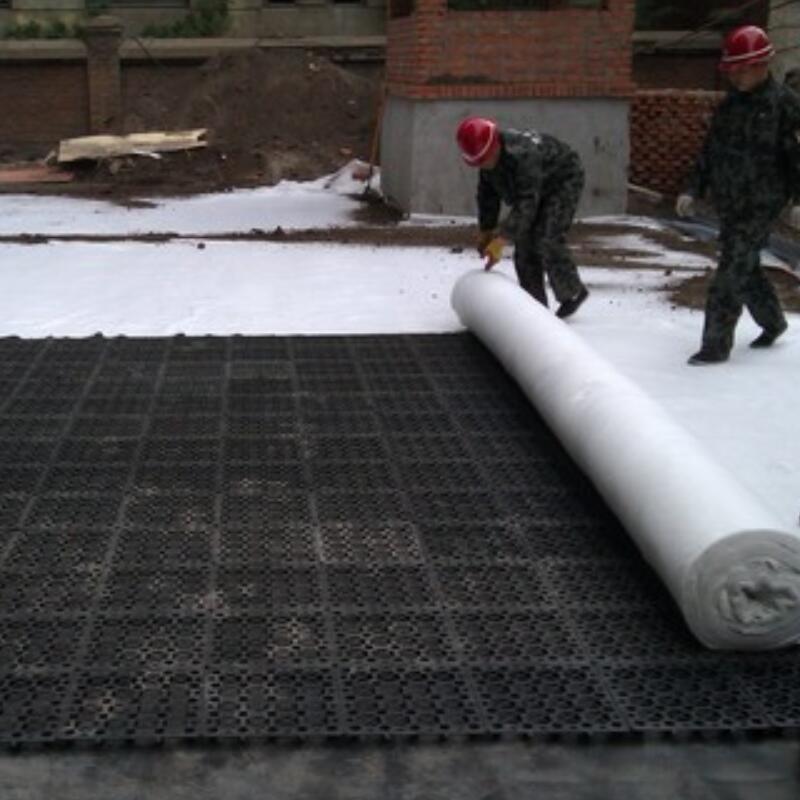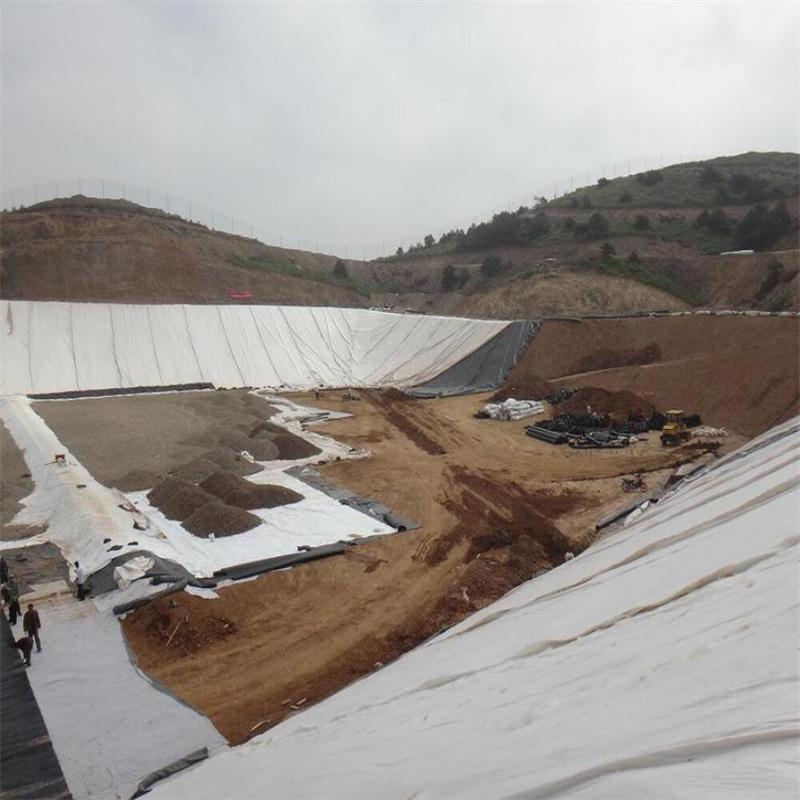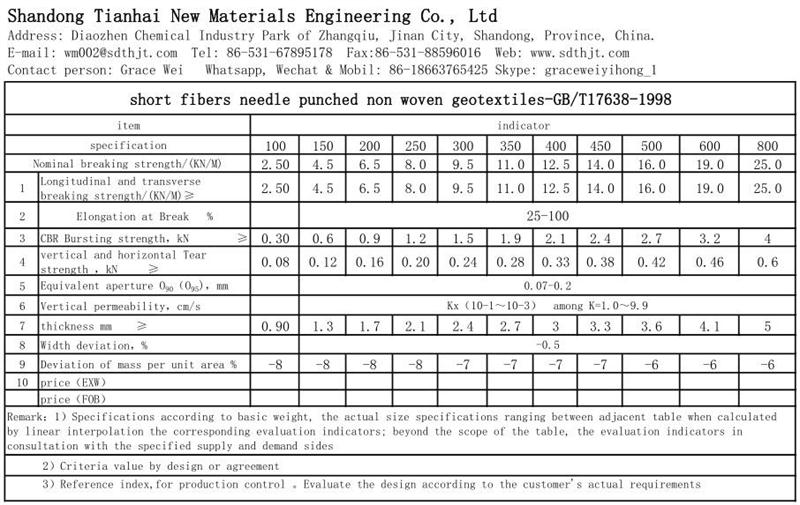Introduction to spring steel wire
Introduction to spring steel wire:
The spring steel wire is a kind of steel wire used for spring or steel wire type. The cross-sectional shape of the spring steel wire is generally circular, and also has the shapes of rectangular, square and oval. The strength of the spring steel wire varies according to the variety, standard and specification. Tensile strength ratings are available in the range of 1000-3000 MPa, and springs for different environments have different special requirements for steel wires.
Spring steel wire process:
1, surface treatment:
Generally, pickling phosphating is used to remove the scale and form a phosphate film; a few are treated by mechanical means. The purpose is to meet the requirements of the cold drawing process and obtain a smooth surface. For spring steel wires that require high fatigue life, such as valve spring steel wire, the wire rod should be treated to reduce the surface defects. If the steel mill can be ground on the steel billet, it is also beneficial to reduce defects.
2, drawing:
The drawing process of the finished product has a great influence on the product performance, generally adopting a large total reduction rate of about 90% (see area reduction rate) and a smaller pass reduction rate (about 10%-20%). ) to ensure the toughness of the product. For high-strength spring steel wire, the outlet temperature of each pass wire should be controlled below 150 °C during drawing to prevent the steel wire from twisting crack due to strain aging, which is the main defect of steel wire scrapping. For this reason, it is necessary to have good lubrication and sufficient cooling during drawing. The use of a smaller pass reduction rate and drawing speed helps to reduce the temperature rise of the steel wire.
3. Heat treatment:
The carbon steel spring steel wire is commonly used in the lead bath quenching process to obtain a very fine pearlite structure (Sorstite), which is beneficial for improving the deep drawing performance and the spring performance. The alternative process fluidized bed of the lead bath has not been promoted. Only available on some small diameters. The alloy steel wire is generally annealed and heat treated to adapt the microstructure to the drawing deformation. The heat treatment of the stainless steel wire is treated by solution treatment, and the purpose is to improve the structure to meet the needs of drawing. The oil quenching process is applied to the finished steel wire, and the steel wire is heated to austenitizing temperature for a period of time by induction heating or gas or fuel heating furnace, and then quenched and then subjected to a medium temperature tempering. Although nominally called oil quenching, it is basically water quenching or water quenching with polymer materials.
Spring steel wire characteristics use:
The spring is used in the elastic range. After unloading, it should return to the original position. It is hoped that the plastic deformation is as small as possible. Therefore, the steel wire should have high elastic limit, yield strength and tensile strength. The higher the yield ratio, the closer the elastic limit is to the tensile strength, and the more the strength utilization is improved, the stronger the spring force is.
The spring relies on elastic deformation to absorb the impact energy, so the spring wire does not have to be highly plastic, but at least it must be able to withstand the plasticity of the spring forming, and sufficient toughness to withstand the impact energy.
Springs usually work under long-term alternating stresses, so they have high fatigue limits and good creep and slack resistance.
Springs used in certain environments have special requirements for steel wire. Springs used in corrosive media must have good corrosion resistance. The spring used in precision instruments should have long-term stability and sensitivity, low temperature coefficient, high quality factor, small aftereffect, and constant elastic modulus. Springs operating at high temperatures require sufficient elastic limit and good creep resistance at high temperatures.

Concerned about surprises
Tag: spring wire
Previous: Introduction to Sany Mould Spring Next: Introduction to Precision Spring
PP nonwoven Geotextile is a non-woven product manufactured by combinining synthetic short yarns mechanically by using needling method. Non-Woven Geotextile has no woof and warp. Strength is achieved by combining yarns and applying thermal process. Geotextile felt is a permeable textile product which can be used with basic elements or with any material related with soil, running ground or geotechnic engineering.

Features:
1.Engineered to provide high strength and high elongation at break to ensure excellent resistance to damage during construction
2.Manufactured from high tenacity UV stabilised virgin polypropylene or polyester fibers which have been heavily drawn to ensure excellent long term durability in all soil types.
3.Manufactured using a randomly orientated web to provide completely isotropic properties,ensuring that high strength is not limited to a single direction.
4.Excellent uniformity with high permeability and low pore size for soil filtration.
5.Supplied to a maximum width of 8.0 meters,ensuring minimum waste over large construction areas.
6.100% polypropylene or polyester staple fibers ,needle punched and random network formation.
7.UV and rot resistant and biological degradation resistant.


Technical data:

Pp Short Fiber Nonwoven Geotextile
Pp Short Fiber Nonwoven Geotextile,Polypropylene Nonwoven Geotextile,Nonwoven Pp Geotextile,Non Woven Geotextile
Shandong Tianhai New Materials Engineering Co., Ltd , https://www.chinatinhy.com